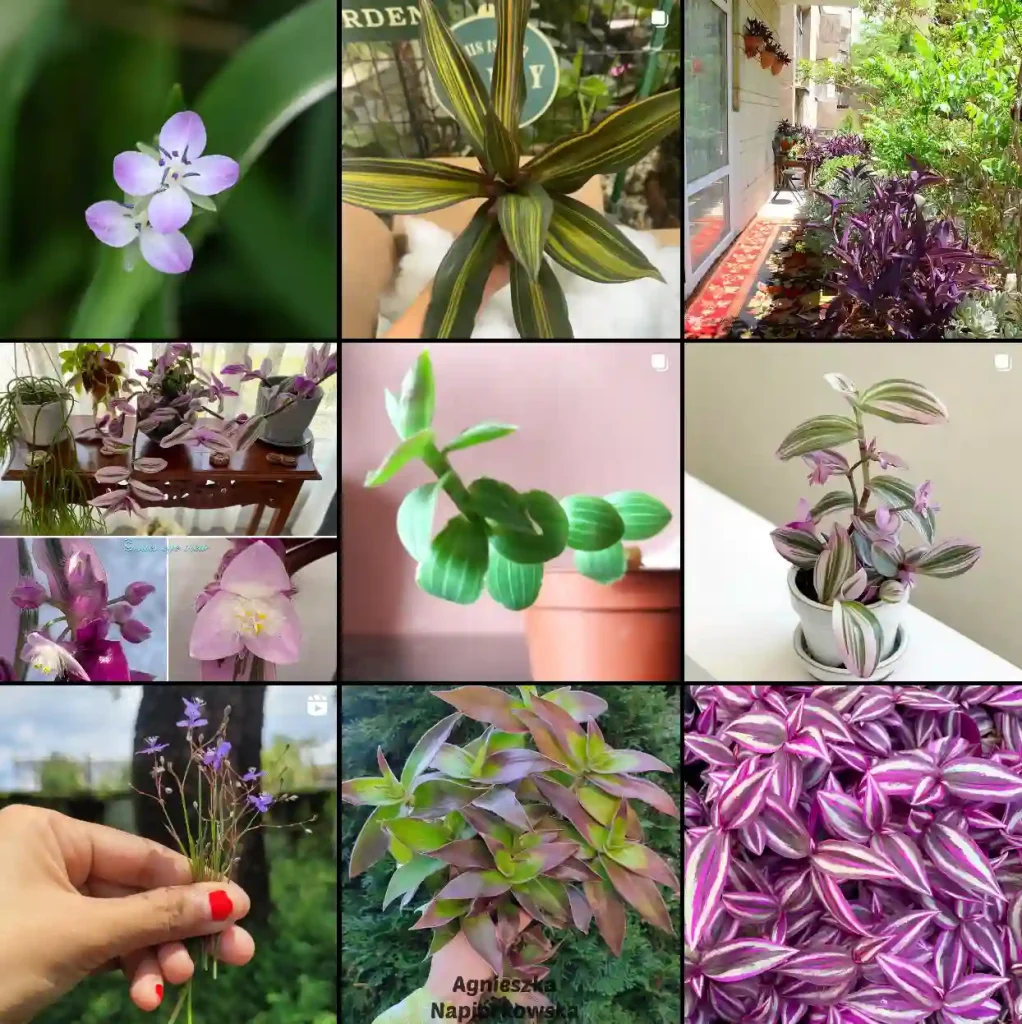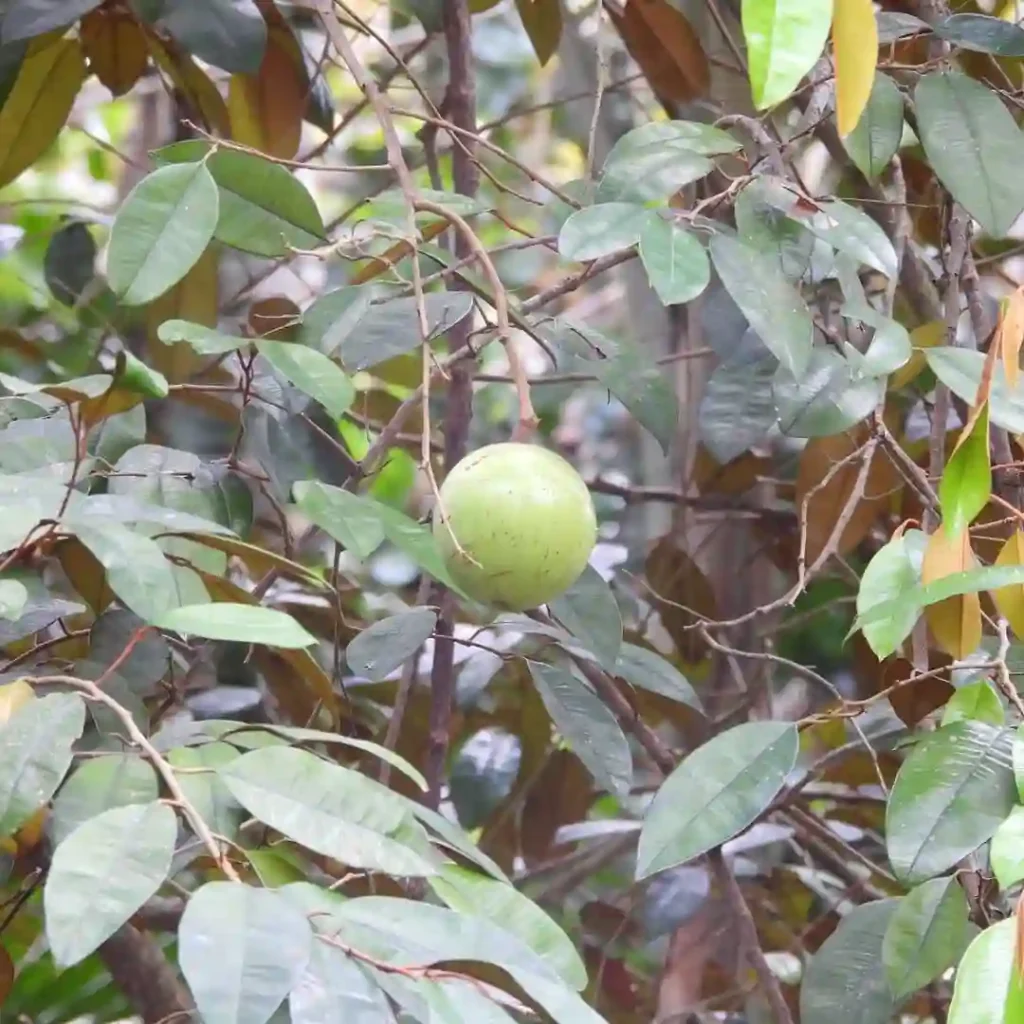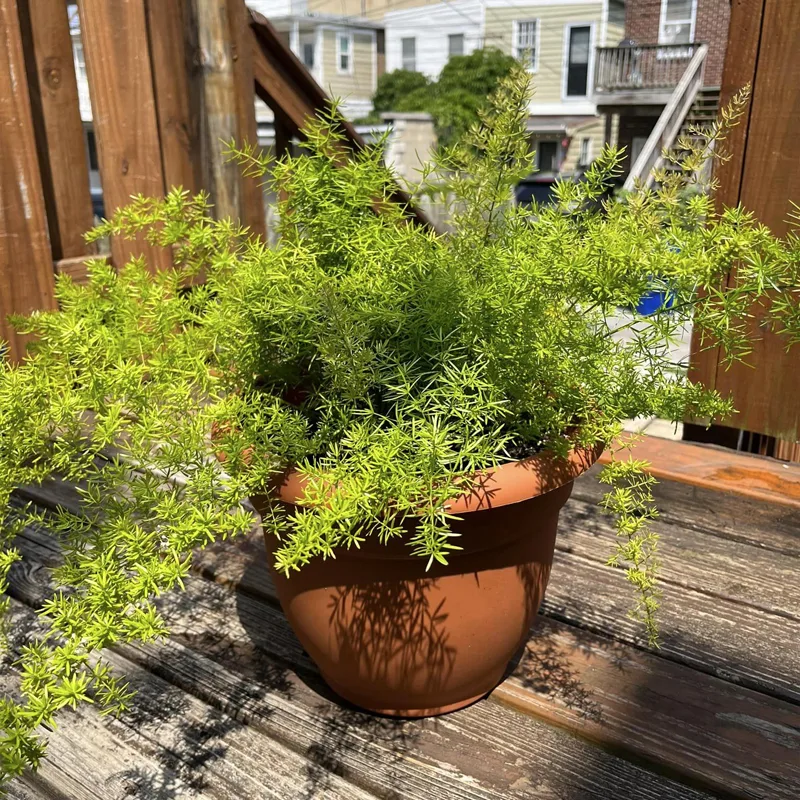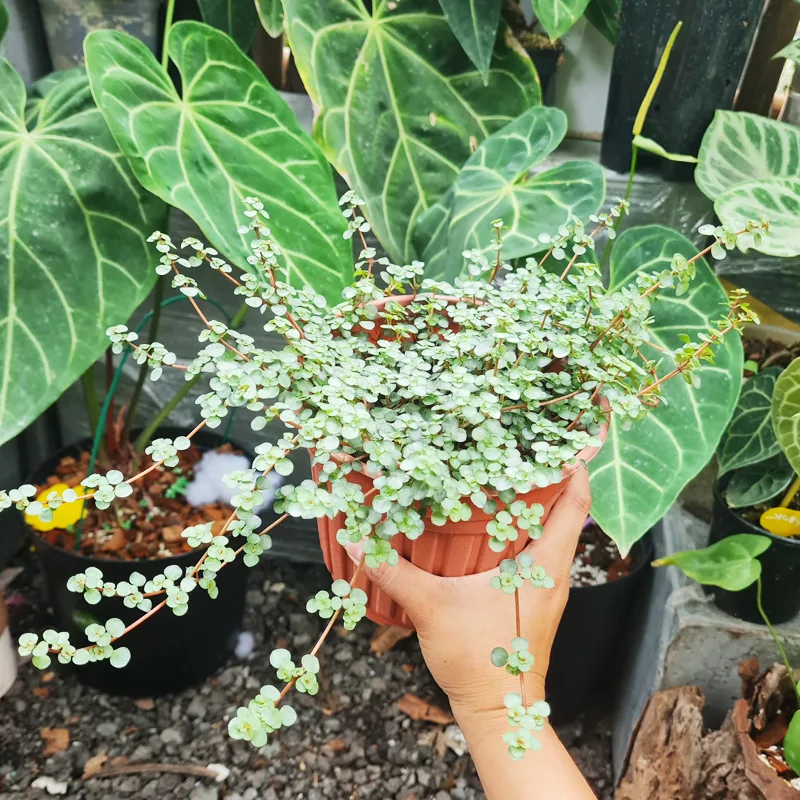The Allure of Illicium: A Personal Exploration
My name is Ferb Vu, and I’ve always been drawn to the subtle beauty and captivating fragrance of the Illicium genus. These plants, commonly known as star anise or anise trees, possess a unique charm that has captivated botanists and enthusiasts alike for centuries. Their delicate flowers, often reminiscent of stars, and their aromatic foliage make them a fascinating subject for study and admiration.
I first encountered Illicium during a visit to a botanical garden. The sight of Illicium verum, with its distinctive star-shaped seed pods and intoxicating scent, sparked my curiosity. I was intrigued by the plant’s history, its diverse species, and its cultural significance in different parts of the world. This encounter marked the beginning of my journey to understand and appreciate this remarkable genus.
A Diverse Genus with Global Reach
Illicium is a genus of flowering plants belonging to the family Schisandraceae. It comprises approximately 40 species, distributed across various regions of the world, including eastern Asia, North America, and the Caribbean. This geographical diversity contributes to the fascinating variety within the genus, with each species exhibiting unique characteristics in terms of appearance, aroma, and even chemical composition.
- Illicium anisatum: Also known as Japanese star anise, this species is native to Japan and Taiwan. It is often used in traditional medicine but is not suitable for culinary use due to the presence of toxins.
- Illicium floridanum: Commonly called Florida anise or purple anise, this species is native to the southeastern United States. It features dark red flowers and is often cultivated as an ornamental plant.
- Illicium henryi: This species, native to China, boasts beautiful red or pink flowers and is prized for its ornamental value.
- Illicium parviflorum: Yellow anise, another North American species, is known for its small yellow flowers and is often found in wetland habitats. Plant FAQs: Illicium Parviflorum
- Illicium verum: This is the species most commonly referred to as star anise. Native to southwest China and Vietnam, it is widely cultivated for its star-shaped fruit, which is a popular spice used in culinary traditions around the world.
- Illicium angustisepalum A.C.Sm.
- Illicium arborescens Hayata
- Illicium brevistylum A.C.Sm.
- Illicium burmanicum E.H.Wilson
- Illicium cubense A.C.Sm.
- Illicium difengpi B.N.Chang
- Illicium dunnianum Tutcher
- Illicium ekmanii A.C.Sm.
- Illicium gansuense Z.F.Bai & Xue L.Chen
- Illicium griffithii Hook.f. & Thomson
- Illicium guajaibonense (Imkhan.) Judd & J.R.Abbott
- Illicium hottense A.Guerrero, Judd & A.B.Morris
- Illicium jiadifengpi B.N.Chang
- Illicium lanceolatum A.C.Sm.
- Illicium leiophyllum A.C.Sm.
- Illicium macranthum A.C.Sm.
- Illicium majus Hook.f. & Thomson
- Illicium merrillianum A.C.Sm.
- Illicium micranthum Dunn
- Illicium modestum A.C.Sm.
- Illicium pachyphyllum A.C.Sm.
- Illicium parvifolium Merr.
- Illicium petelotii A.C.Sm.
- Illicium philippinense Merr.
- Illicium ridleyanum A.C.Sm.
- Illicium × rubellum S.Y.Lu ex W.J.Huang & S.W.Chung
- Illicium simonsii Maxim.
- Illicium stapfii Merr.
- Illicium sumatranum A.C.Sm.
- Illicium tashiroi Maxim.
- Illicium tenuifolium (Ridl.) A.C.Sm.
- Illicium ternstroemioides A.C.Sm.
- Illicium tsaii A.C.Sm.
- Illicium viridiflorum Yahara, A.Nagah. & Tagane
- Illicium wardii A.C.Sm.
More Than Just a Spice
While Illicium verum is renowned for its culinary applications, the genus Illicium offers much more than just a spice. Many species possess ornamental value, adding beauty and fragrance to gardens and landscapes. Their evergreen foliage, attractive flowers, and unique seed pods make them a valuable addition to any plant collection.
Beyond their aesthetic appeal, Illicium species have also played a significant role in traditional medicine. Various parts of these plants, including the leaves, bark, and fruit, have been used to treat a range of ailments, from digestive issues to respiratory problems. However, it’s crucial to remember that not all Illicium species are safe for consumption or medicinal use. Some, like Illicium anisatum, contain toxins that can be harmful.
The Importance of Conservation
As with many plant species, certain members of the Illicium genus face threats due to habitat loss and over-exploitation. It’s essential to recognize the importance of conservation efforts to protect these valuable plants and ensure their survival for future generations. Sustainable harvesting practices, habitat preservation, and public awareness are crucial steps in safeguarding the future of Illicium.
A Continuing Fascination
My exploration of the Illicium genus has been a rewarding experience. I continue to be fascinated by the diversity within this group of plants, their cultural significance, and their potential applications. From the culinary delights of Illicium verum to the ornamental beauty of Illicium floridanum, each species holds a unique appeal. As I continue to learn and discover more about this remarkable genus, I am reminded of the incredible diversity and beauty present in the natural world.
If i die, water my plants!



